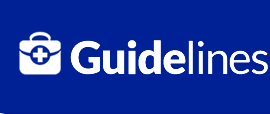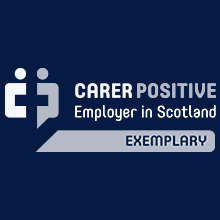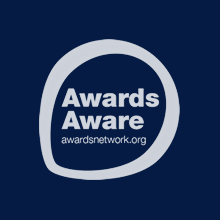Enhanced Access to Radiology (EAR) for Important Incidental Findings
Primary care teams are safe and efficient users of radiological investigations. From time-to-time unexpected findings appear on scans or x-rays; some of these are simply of interest and others may require further investigation. Examples might be liver or splenic findings on abdominal US scan. These findings can cause concern for both the patient and the requesting clinician and further investigation may well be warranted using modalities not currently available to primary care teams. Often, the best person to have the discussion with the patient is the originating clinician in Primary Care; following the principles of realistic medicine, some patients might not want or need further investigations.
For this reason, we have created an additional Radiology pathway which can be found under Clinical Radiology at the Royal Infirmary, Western General and at St John’s Hospital, on SCI Gateway. The simple pathway can be found under “LI Radiology Further Tests” and will request some information from the radiology report that has been received.
The information will be:
- The Visit Number from the original request
- The type of investigation recommended (e.g. MRI liver recommended)
- A brief note re indication (e.g. US showed possible haemangioma)
- The priority (tick box):
- Urgent – Suspicion of Cancer
OR - Routine
- Urgent – Suspicion of Cancer
- Confirmation that the patient/carer has been advised of this request
All of this information will be provided for you on the original report along with an outline of the radiology concern. The result of subsequent imaging will be returned to the requesting clinician in Primary Care.
If an MRI has been advised, but there are contraindications, then a referral should still be put in, noting the contraindications. Radiology will review all the information and decide how best to proceed, for example arranging imaging by a different modality.
Once the additional test result has been received, the patient can either be reassured or referred to the appropriate specialty and from there, to their appropriate MDT if a cancer diagnosis is likely. Of course, expected findings continue to be managed in the usual safe way.
The Radiology team have prepared some FAQ which can be accessed via this link. The Radiology team continue to thank Primary Care for their ongoing appropriate use of resources.
We hope this is a helpful development to support those clinicians who request radiological examinations deal with the potential unexpected outcomes associated with them; and keeps the clinical decision making between the patient and the requesting clinician. This will also mean results are available through Docman which will keep Primary Care records up-to-date and show which additional tests the patient has had performed and why they had them.
We hope this development will keep the GP in control of the process and have an identifiable referrer, responsible for the result.
J.B. & S.G. 11-10-22
For all Radiology requests: Referrers accept responsibility for dealing with the result(s) and informing the patient as necessary.
Who can refer:
GPs when advised to by Radiology
Who to refer:
Patients with Important Incidental Findings where Radiology advise further investigation may be appropriate, and where the clinician and patient agree further investigation is appropriate.
Who not to refer:
Patients who have NOT been noted to have an Important Incidental Finding on initial radiology investigations should not be referred via this pathway.
This pathway is only to be used to further investigate significant and unexpected findings as suggested by Radiology. Please do not use it to request tests that aren’t currently available to primary care. If secondary care teams request this pathway is used to seek further radiological information, please respectfully remind them that there is no agreement for this pathway to be used for that purpose.
Also, please remember that existing pathways such as Post-Menopausal Bleeding, Abnormal CXR SOC, Suspected Testicular Cancer and CT CAP for USOC (no clinically obvious primary) (vague symptoms pathway) are unaffected by this pathway and will continue to work as normal.
In the case of an incidental lung nodule being found on a CTKUB, please arrange the initial chest CT only via ‘LI Radiology Further Tests’ and then refer respiratory lung nodule clinic if nodule(s) still present. GPs are not expected to perform long-term follow-up of lung nodules.
How to refer:
Via SCI Gateway.
Referral is available at the three sites that have CT/MRI facilities (RIE, WGH, SJH) using one of the following pathways:
- RIE >> Clinical Radiology >> LI – Radiology recommended further test
- WGH >> Clinical Radiology >> LI – Radiology recommended further test
- SJH >> Clinical Radiology >> LI – Radiology recommended further test
Information needed for the SCI Gateway protocol is noted above.
Please make a note in the referral if there are any possible contraindications to MRI.













